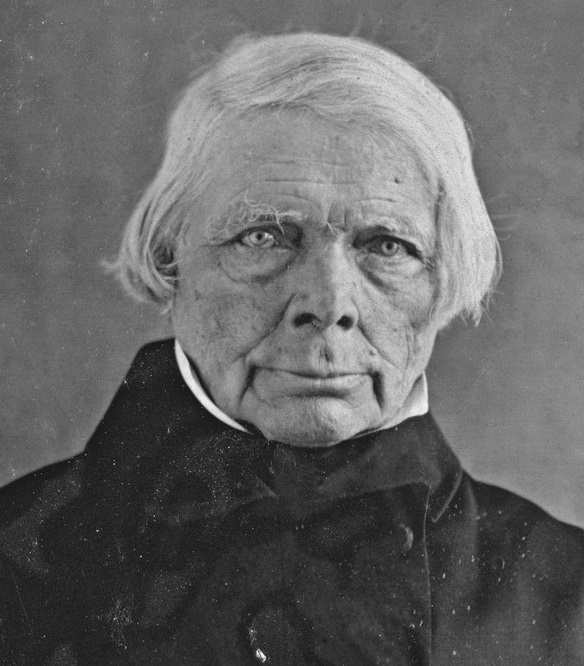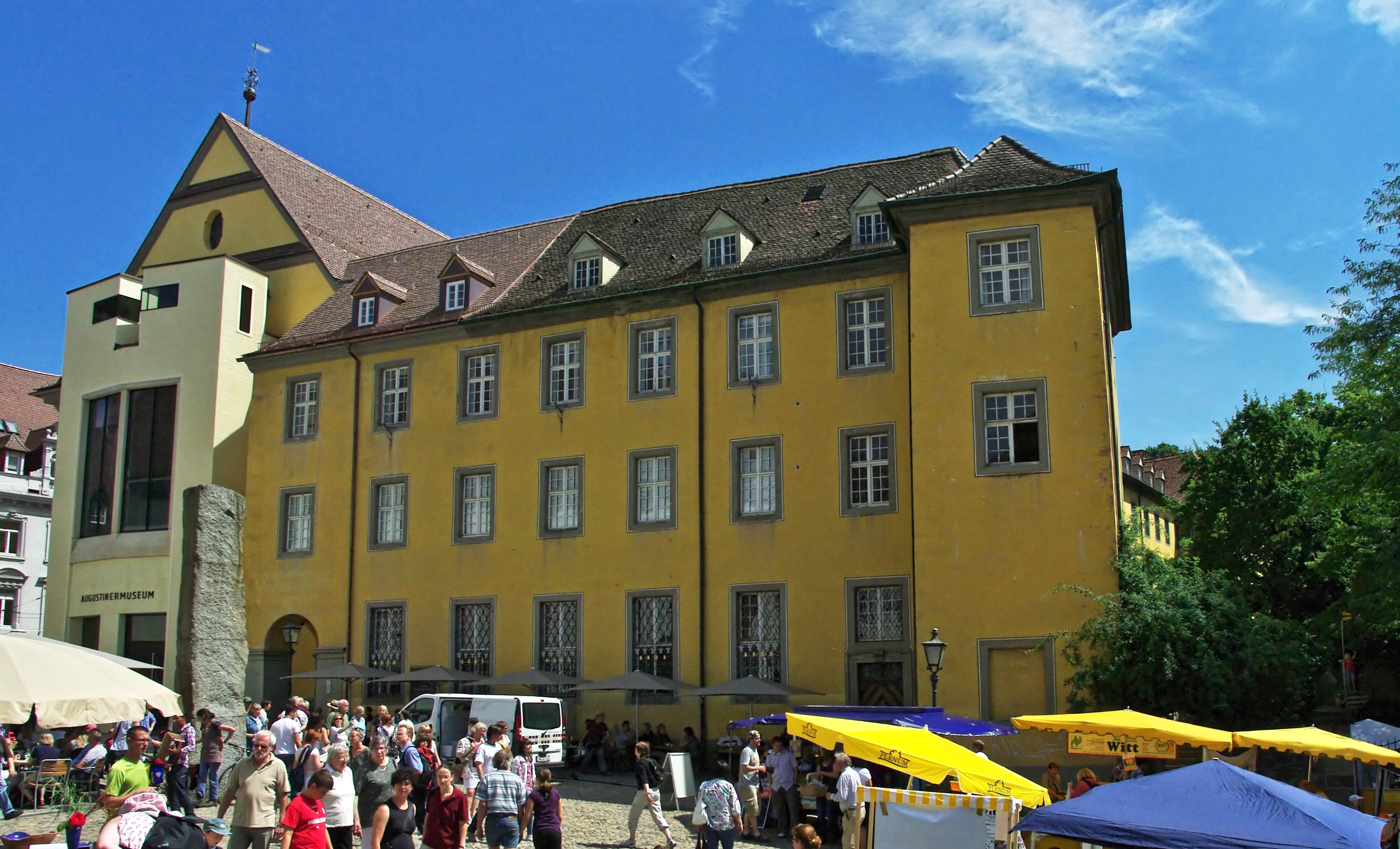|
Friedrich Brugger
__NOTOC__ Friedrich Brugger (1815–1870), was a German sculptor. Brugger was born 13 January 1815 at Munich. He studied at the Munich Academy of Fine Arts, after which he stayed in Italy from 1841 to 1843. He returned to Munich where he received commissions from Ludwig I of Bavaria, including busts in the Ruhmeshalle and large bronze statues. Together with Johann Martin von Wagner and Johann von Halbig, he created the Quadriga on the Siegestor (Victory Gate) arch in Munich. He designed and modelled the sculptured form for the monument to Maximilian II, cast in 1860 by Ferdinand von Miller, for the central square of the Altes Schloss (Old Palace) on Maximilianstraße in Bayreuth. [...More Info...] [...Related Items...] OR: [Wikipedia] [Google] [Baidu] |
Adolf Neumann
Friedrich Gustav Adolf Neumann (5 June 1825 – 20 November 1884), was a German painter and engraver. Many of his portraits were published in ''Die Gartenlaube'' and the ''Illustrirte Zeitung''. His brother was the wood engraver, . His father worked as a colorist. Although his family was very poor, he gained the approval of Veit Hanns Schnorr von Carolsfeld, who accepted him as his student at the Academy of Fine Arts. Later, he worked in the studios of the copper engraver, Henry Winkles, then took lessons from Carl Werner and , who became his friend and provided support after the death of his father. @ German Wikisource He was best known for his portraits, especially those of musicians, including |
Johannes Von Müller
Johannes von Müller (3 January 1752 – 29 May 1809) was a Swiss historian. Biography He was born at Schaffhausen, where his father was a clergyman and rector of the gymnasium. In his youth, his maternal grandfather, Johannes Schoop (1696–1757), roused in him an interest in the history of his country. At the age of eight he is said to have written a history of Schaffhausen, and at eleven he knew the names and dates of all the kings of the four great monarchies. His ardour for historical studies was further stimulated by Schlözer, when Müller went (1769–1771) to the University of Göttingen, nominally to study theology. In July 1771 he undertook a sketch of Swiss history for a publisher of Halle, but his theological studies and the preparation of a Latin dissertation on the ''Bellum cimbricum'' (publ. in 1772) prevented much progress. In April 1772 he passed his theological examination, and soon after became professor of Greek at the Collegium Humanitatis in Schaffhau ... [...More Info...] [...Related Items...] OR: [Wikipedia] [Google] [Baidu] |
Maximilian II Emanuel, Elector Of Bavaria
Maximilian, Maximillian or Maximiliaan (Maximilien in French) is a male given name. The name "Max" is considered a shortening of "Maximilian" as well as of several other names. List of people Monarchs *Maximilian I, Holy Roman Emperor (1459–1519) *Maximilian II, Holy Roman Emperor (1527–1576) *Maximilian I, Elector of Bavaria (1573–1651) * Maximilian II Emanuel, Elector of Bavaria (1662–1726) * Maximilian III Joseph, Elector of Bavaria (1727–1777) *Maximilian I Joseph of Bavaria (1756–1825) *Maximilian II of Bavaria (1811–1864) *Prince Maximilian of Baden (1867–1929) *Duke Maximilian Joseph in Bavaria (1808–1888) *Maximilian I of Mexico (1832–1867) Other royalty *Maximilian, Hereditary Prince of Saxony (1759–1838) *Maximilian, Margrave of Baden (born 1933) Saints * Maximilian of Antioch (died ), Christian martyr * Maximilian of Lorch (died 288), Christian bishop and martyr * Maximilian of Tebessa (274–295), Christian martyr *Maximilian Kolbe (1894–194 ... [...More Info...] [...Related Items...] OR: [Wikipedia] [Google] [Baidu] |
Prince-elector
The prince-electors (german: Kurfürst pl. , cz, Kurfiřt, la, Princeps Elector), or electors for short, were the members of the electoral college that elected the Holy Roman Emperor, emperor of the Holy Roman Empire. From the 13th century onwards, the prince-electors had the privilege of Imperial election, electing the monarch who would be Coronation of the Holy Roman Emperor, crowned by the pope. After 1508, there were no imperial coronations and the election was sufficient. Charles V, Holy Roman Emperor, Charles V (elected in 1519) was the last emperor to be crowned (1530); his successors were elected emperors by the electoral college, each being titled "Elected Emperor of the Romans" (german: erwählter Römischer Kaiser; la, electus Romanorum imperator). The dignity of elector carried great prestige and was considered to be second only to that of king or emperor. The electors held exclusive privileges that were not shared with other princes of the Empire, and they cont ... [...More Info...] [...Related Items...] OR: [Wikipedia] [Google] [Baidu] |
Maximilianstraße (Munich)
The Maximilianstraße in Munich is one of the city's four royal avenues next to the Brienner Straße, the Ludwigstraße and the Prinzregentenstraße. It starts at ''Max-Joseph-Platz'', where the ''Residenz'' and the National Theatre are situated, and runs east-west. Planned and begun in 1850 by King Maximilian II of Bavaria, the street takes his name. The lead architect was Friedrich Bürklein. Today, Maximilianstraße has the distinction of the highest retail rents in Germany. Architecture With this project, the king also aimed to "invent" a new architectural style which would combine the best features of historical models combined with then modern building technology. The avenue is framed by mostly neo-Gothic buildings influenced by the English Perpendicular style. The opening in the middle of the Maximilianstraße for the new circular road ''Altstadtring'' after World War II nowadays disturbs the appearance. Opposite to the National Theatre the north facade of the '' Old ... [...More Info...] [...Related Items...] OR: [Wikipedia] [Google] [Baidu] |
Friedrich Wilhelm Joseph Schelling
Friedrich Wilhelm Joseph Schelling (; 27 January 1775 – 20 August 1854), later (after 1812) von Schelling, was a German philosopher. Standard histories of philosophy make him the midpoint in the development of German idealism, situating him between Johann Gottlieb Fichte, his mentor in his early years, and Georg Wilhelm Friedrich Hegel, his one-time university roommate, early friend, and later rival. Interpreting Schelling's philosophy is regarded as difficult because of its evolving nature. Schelling's thought in the main has been neglected, especially in the English-speaking world. An important factor in this was the ascendancy of Hegel, whose mature works portray Schelling as a mere footnote in the development of idealism. Schelling's '' Naturphilosophie'' also has been attacked by scientists for its tendency to analogize and lack of empirical orientation. However, some later philosophers have shown interest in re-examining Schelling's body of work. Life Early life Sche ... [...More Info...] [...Related Items...] OR: [Wikipedia] [Google] [Baidu] |
Heidelberg
Heidelberg (; Palatine German language, Palatine German: ''Heidlberg'') is a city in the States of Germany, German state of Baden-Württemberg, situated on the river Neckar in south-west Germany. As of the 2016 census, its population was 159,914, of which roughly a quarter consisted of students. Located about south of Frankfurt, Heidelberg is the List of cities in Baden-Württemberg by population, fifth-largest city in Baden-Württemberg. Heidelberg is part of the densely populated Rhine-Neckar, Rhine-Neckar Metropolitan Region. Heidelberg University, founded in 1386, is Germany's oldest and one of Europe's most reputable universities. Heidelberg is a Science, scientific hub in Germany and home to several internationally renowned #Research, research facilities adjacent to its university, including the European Molecular Biology Laboratory and four Max Planck Society, Max Planck Institutes. The city has also been a hub for the arts, especially literature, throughout the centurie ... [...More Info...] [...Related Items...] OR: [Wikipedia] [Google] [Baidu] |
Carl Philipp Von Wrede
Carl may refer to: *Carl, Georgia, city in USA *Carl, West Virginia, an unincorporated community * Carl (name), includes info about the name, variations of the name, and a list of people with the name *Carl², a TV series * "Carl", an episode of television series ''Aqua Teen Hunger Force'' * An informal nickname for a student or alum of Carleton College CARL may refer to: *Canadian Association of Research Libraries *Colorado Alliance of Research Libraries See also *Carle (other) *Charles *Carle, a surname *Karl (other) *Karle (other) Karle may refer to: Places * Karle (Svitavy District), a municipality and village in the Czech Republic * Karli, India, a town in Maharashtra, India ** Karla Caves, a complex of Buddhist cave shrines * Karle, Belgaum, a settlement in Belgaum ... {{disambig ja:カール zh:卡尔 ... [...More Info...] [...Related Items...] OR: [Wikipedia] [Google] [Baidu] |
Landshut
Landshut (; bar, Landshuad) is a town in Bavaria in the south-east of Germany. Situated on the banks of the River Isar, Landshut is the capital of Lower Bavaria, one of the seven administrative regions of the Free State of Bavaria. It is also the seat of the surrounding district, and has a population of more than 70,000. Landshut is the largest city in Lower Bavaria, followed by Passau and Straubing, and Eastern Bavaria's second biggest city. Owing to its characteristic coat of arms, the town is also often called "City of the three Helmets" (german: Dreihelmenstadt). Furthermore, the town is popularly known for the Landshuter Hochzeit ( Landshut Wedding), a full-tilt medieval festival. Due to its proximity and easy access to Munich and the Franz Josef Strauss International Airport, Landshut became a powerful and future-oriented investment area. The town is one of the richest industrialized towns in Bavaria and has East Bavaria's lowest unemployment rate. Geography Setting ... [...More Info...] [...Related Items...] OR: [Wikipedia] [Google] [Baidu] |
Freiburg Im Breisgau
Freiburg im Breisgau (; abbreviated as Freiburg i. Br. or Freiburg i. B.; Low Alemannic: ''Friburg im Brisgau''), commonly referred to as Freiburg, is an independent city in Baden-Württemberg, Germany. With a population of about 230,000 (as of 31 December 2018), Freiburg is the fourth-largest city in Baden-Württemberg after Stuttgart, Mannheim, and Karlsruhe. The population of the Freiburg metropolitan area was 656,753 in 2018. In the south-west of the country, it straddles the Dreisam river, at the foot of the Schlossberg. Historically, the city has acted as the hub of the Breisgau region on the western edge of the Black Forest in the Upper Rhine Plain. A famous old German university town, and archiepiscopal seat, Freiburg was incorporated in the early twelfth century and developed into a major commercial, intellectual, and ecclesiastical center of the upper Rhine region. The city is known for its medieval minster and Renaissance university, as well as for its high s ... [...More Info...] [...Related Items...] OR: [Wikipedia] [Google] [Baidu] |
Augustiner Museum
The Augustiner Museum is a museum in Freiburg im Breisgau, Germany located in the former Augustinian Monastery building. It is undergoing an extensive renovation and expansion, the first phase of which ended in 2010.Augustinermuseum in Freiburg: Eine schöne Maschine Volker Bauermeister, '' Frankfurter Rundschau'', 24 March 2010. Retrieved 24 September 2010. The museum The museum is located in a former Augustinian monastery which was rebuilt between 1914 and 1923. The |
Hermann Von Vicari
Hermann von Vicari (13 May 1773 at Aulendorf in Württemberg – 14 April 1868 at Freiburg) was a German Catholic churchman, who became Archbishop of Freiburg, in Baden. Life In 1789 he received tonsure at Constance and obtained a canonry, studied law until 1795 at Vienna, and after a brief practice began the study of theology. In 1797 he was ordained priest, and made ecclesiastical councillor and official of the episcopal curia at Constance. After the suppression of the diocese (1802) the Archbishop of Freiburg appointed him cathedral canon, in 1827 vicar-general, and in 1830 cathedral dean. In 1822 he was appointed Auxiliary Bishop of Macra, in 1836 and 1842 diocesan administrator, and in 1842 archbishop. As archbishop, Vicari endeavoured to release the Church of Baden from the bonds of Josephinism and the principles of Wessenberg, and to defend its rights against the civil government. To overcome prevalent religious indifference he emphasized the rights of bishops in ... [...More Info...] [...Related Items...] OR: [Wikipedia] [Google] [Baidu] |





_4029.jpg)
